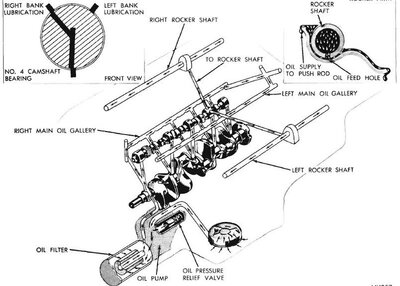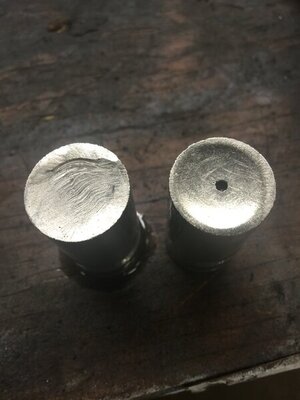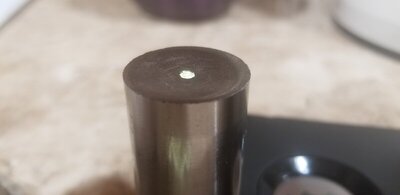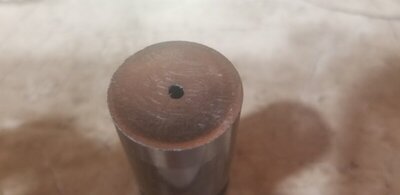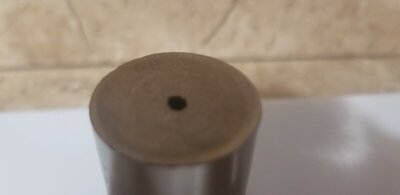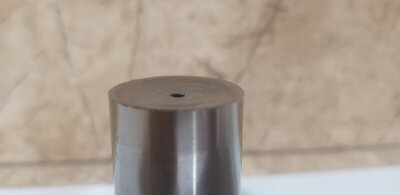RebelRider
Well-Known Member
This is why I don’t like to go down the oils and lubes discussion path.
It’s very hard to change people’s minds on it.
I think you have mistaken my questioning as denial.
I raplaced the 2 bad lifters with a couple of the good original ones. The rear most one is spinning, but the front one is not. The front lobe is clearly flattened, though.
Last edited:

